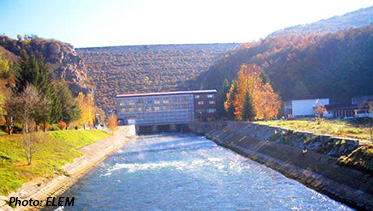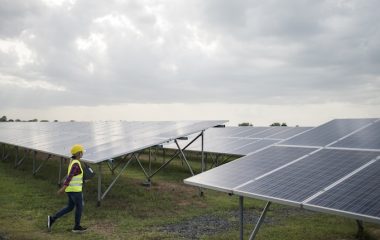
The largest hydro accumulation power plant in the river basin of Crn Drim generated more electricity than was envisaged in the annual plan, Macedonian agency Independent.mk reported.
More than 267 million KWh of electricity was produced in the first ten months of this year, which means the annual plan has been met with about 90%, the article said. It is clear that the annual plan of production will not only be met, but exceeded.
Favorable hydrology of the Debar river basin also influenced production. This includes rivers Radika and Drim, Macedonian Power Plants company (ELEM) said in a press release. At the time of the report, the average water flow was around 40 cubic metres per second, and the accumulation of the Debar Lake had a reserve of water to produce 18 million KWh. This means there was enough space to accept the upcoming autumn time inflows, the article said.



















